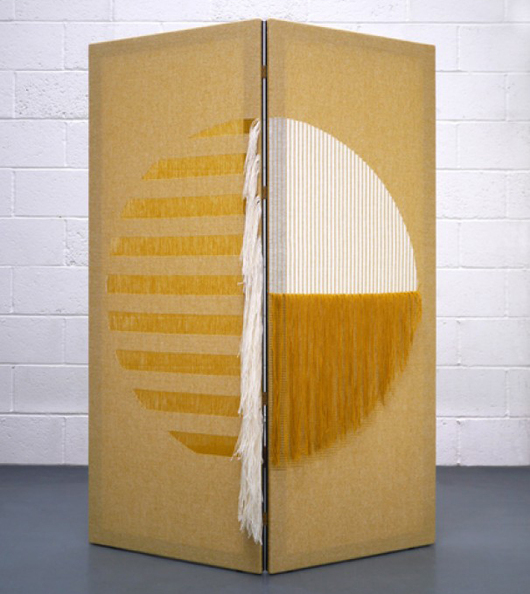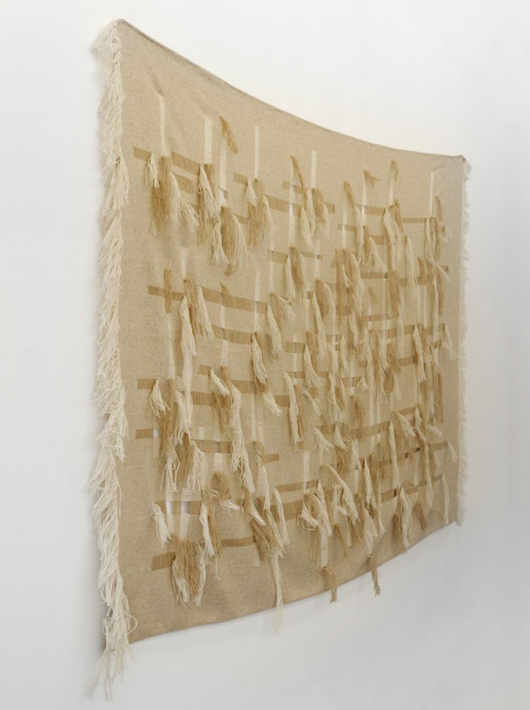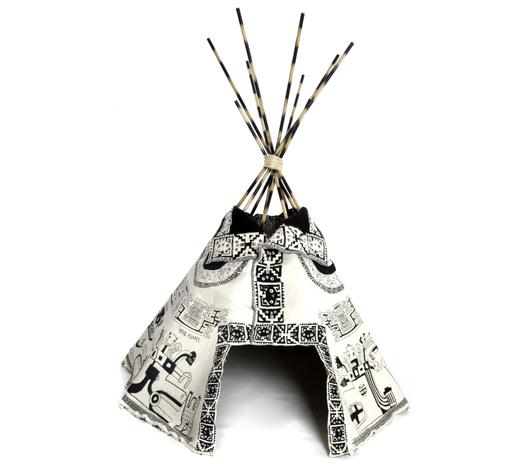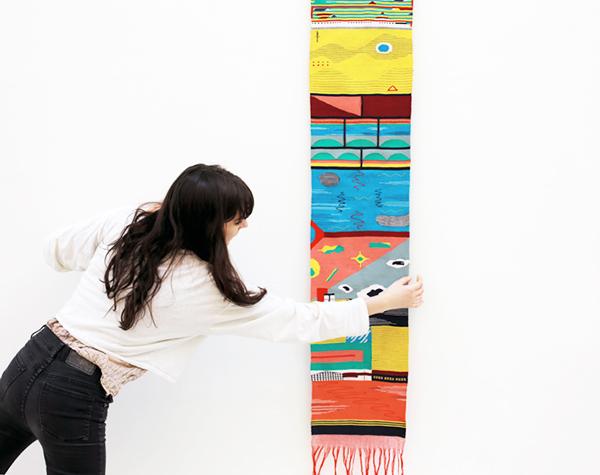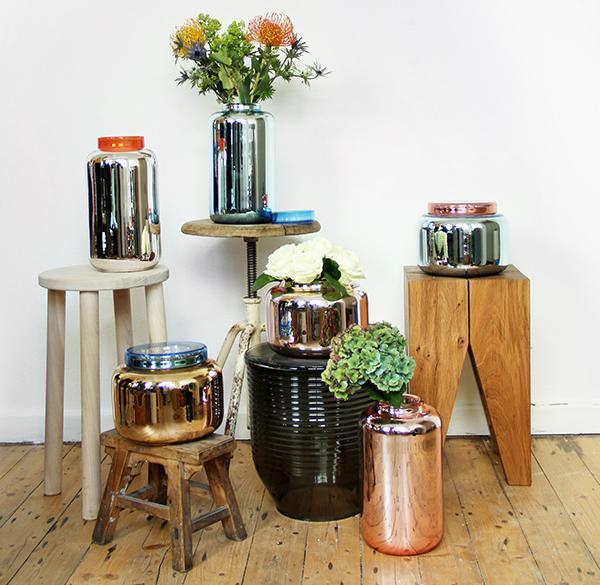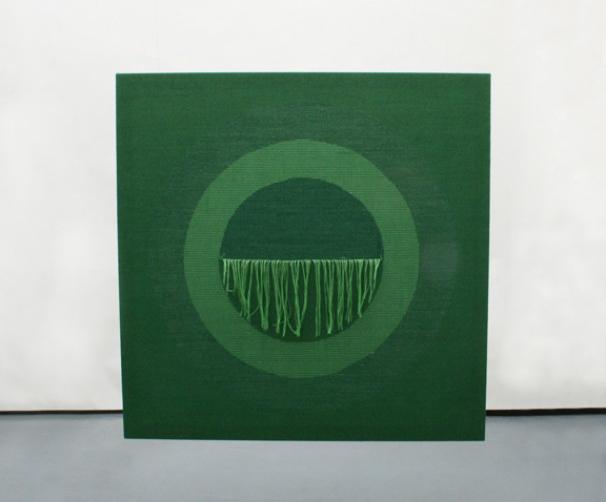
01.22.14
Q+A
Henny Nistelrooy on I’m Revolting
Like so many small-town kids before him, Henny van Nistelrooy didn’t move to just any city. He moved to the most tightly layered and epochally dense cities he could find, the sorts of places that have already had a dozen lifetimes. After graduating from London’s Royal College of Art, Van Nistelrooy launched his design studio in London in 2008 and then moved to Beijing, another capital with more than a bit of historical fiber. They’re fitting locales for Van Nistelrooy’s textile process of taking seemingly finished material and slowly unraveling the threads for an entirely new weave.
“I grew up in the south of the Netherlands on a small farm. It was a nice place to grow up, space to play and nature, and I was always busy making all sorts of things: toys, treehouses, rafts, bicycles. The small scale of the farm meant I was aware of all the things happening around me, the yearly cycle of growing crops and harvesting, having many animals around, these kind of things. I lived on the farm most of my life. It’s quite a change moving from a small village to one of the largest cities in the world.”
If Van Nistelrooy’s compelling textile screens, daybeds and room dividers — composed of machine-woven fabrics that have been meticulously unthreaded into geometric patterns — are any indication, maybe a little culture shock can be a good thing. Read on for a Q&A with the designer: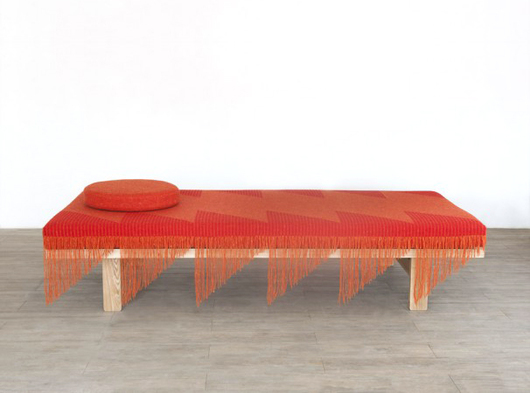
How did you start working with textiles?
The textile projects started with a commission. The brief was to find a new application for off-cut textiles, and the way I approached it was to limit myself to working with the textiles only — to try to find a new beauty within unwanted materials. So I started a process of removing rather than adding. Thread-by-thread, without ever cutting any of the materials off, I took the fabrics apart to create new graphic patterns.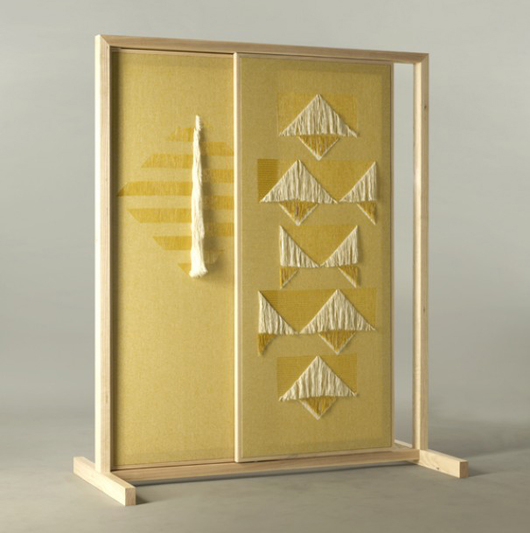
I love that idea: taking apart as a component of creation.
It’s a very, very, time-consuming process. However, I find it rewarding. By hand I take apart thread-by-thread something that has been created on high-speed industrial weaving looms. And I create something completely new out of this.
When I get new fabrics, the process starts with making test pieces. I do this to find out how the weave is constructed and to see how the structure can allow me to make a new graphic composition. As I want the fabric to remain functional, I try to find a balance between removing and leaving enough threads in place. I have to go through this process with every fabric I work with.
The nice thing about this is that the original textile becomes the guide to how I design the final graphic composition. A plain-woven textile allows me different designs then a twill-woven for example. Further, combinations of yarn type have a big influence on the design process and, of course, color.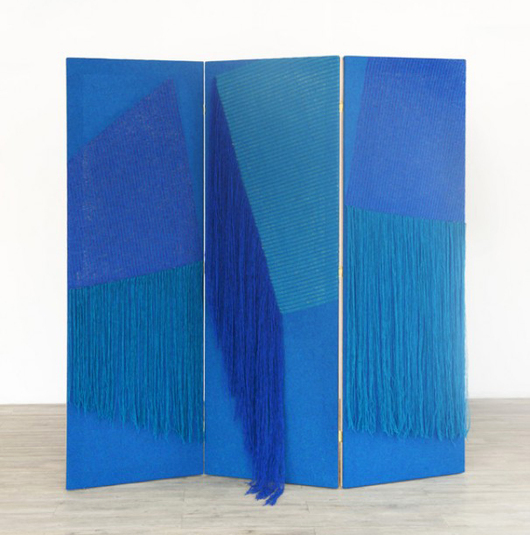
What do you collect?
I guess because I have moved quite often I don’t tend to hold on to many things unless I find them extremely important. If there is something I have a lot of, it is textiles.
Although I mainly work with woven fabrics composed of traditional fibers such as wool or silk, I also have worked with high-tech glass-Kevlar and Carbon fibers. Also, felt for furniture and a collection of hats. All materials have their own specific qualities, and I try to use these suitably.
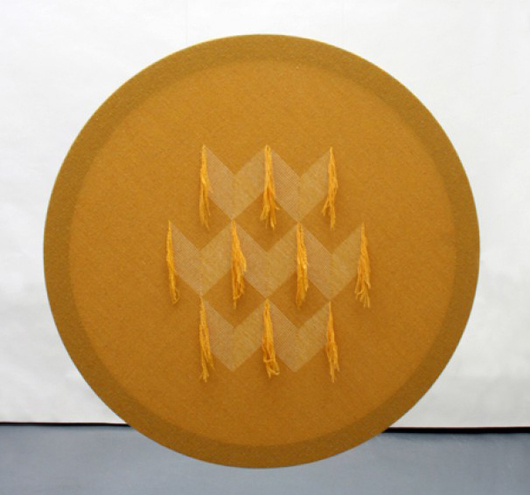
You know that saying, “the past is another country”? What is it like to have a practice that is actually based in two different countries (China and the UK)?
At the time of the [initial textile] project I was just on my first journey to China, and I was visiting many of the ancient temples. What I saw there had resemblance to the woven textiles with which I was working. Specifically, the construction of temples made of overlapping wooden beams and delicate woodwork in window. These windows often have patterns similar to woven fabrics.
It seemed fitted to the project I was working on, and I included this inspiration in the design of the graphic compositions and in the way I finished the screens. The circle, octagon and square shapes all refer to the window shapes of the temples and the black lacquer finish of wood refers to traditional Chinese furniture.
I experience many differences in how projects are executed in different countries, but the relations with clients are very much the same. It’s important to me that there is trust and a good understanding of each other. I think you can find this kind of partnership anywhere.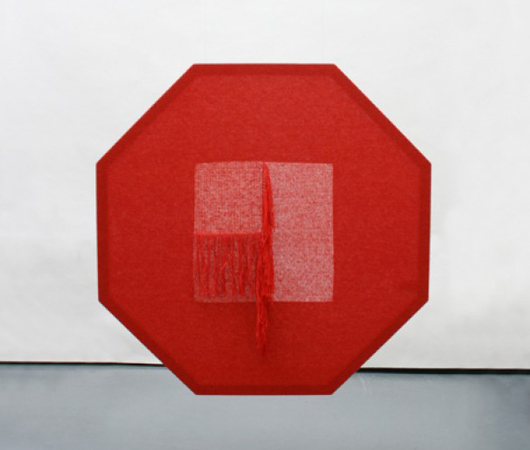
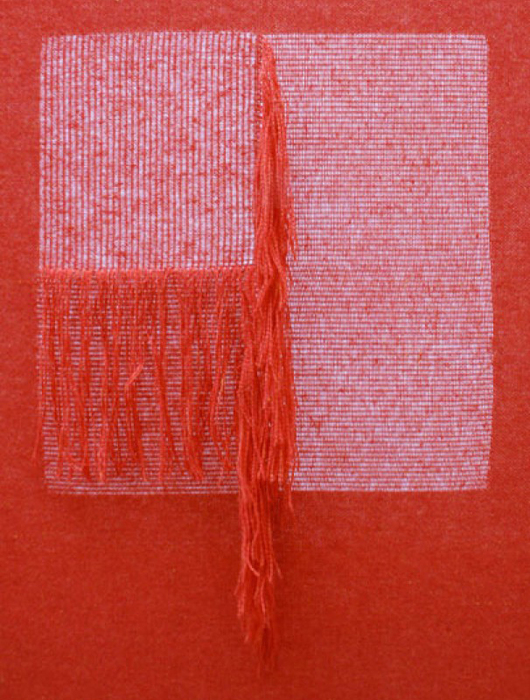
What is required to get along with other people? Is it the same thing as what is important to making beautiful work?
Yes, interest, joy and sometimes patience, plus persistence and talent. I’m quite patient and want to understand things. I don’t tend to give up easily.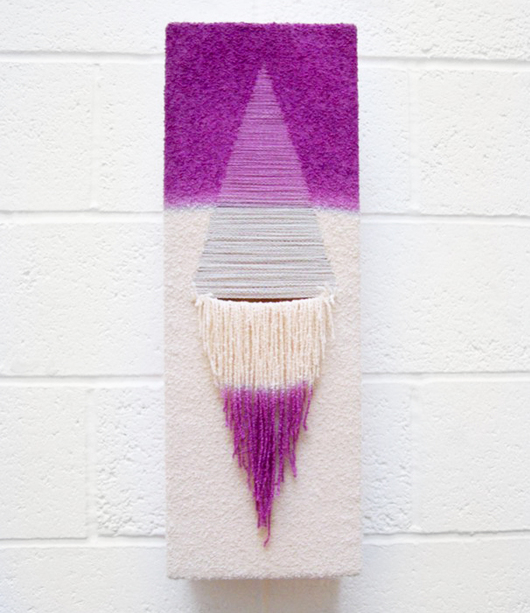
What’s next?
I feel I have moved enough for a while. I find it more important now to stay where I am and dig deeper into the context I’m living in: learning more Chinese, local culture and doing many more design projects here. Come over to China sometime! It really changes perspective. 